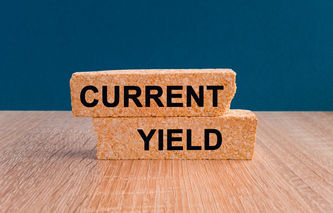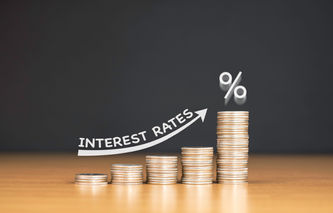Definition
The term intrinsic value refers to the amount of money assigned to an asset as determined through fundamental analysis. Intrinsic value can be determined by summing the discounted stream of future income derived from an asset.
Calculation
The intrinsic value of an in-the-money option is equal to the absolute value of the difference between the current price of the underlying asset and the option's strike price.
The intrinsic value of an out-of-the-money option is zero.
For example, if the strike price of a call option is $5.00 and the price of the underlying asset is $4.00, then the intrinsic value of the call option is $1.00.
Explanation
Also referred to as an asset's fundamental value, an asset's intrinsic value is simply a sum of the discounted future income that will be generated by the asset. While the mechanics of the calculation will vary by asset type, the fundamental approach will be the same. A discounted cash flow analysis is the most common model used for these calculations.
When it comes to options, the intrinsic value for a call option is the difference between the underlying asset's price and the strike price on the option. In the same manner, the intrinsic value of a put is the difference between the strike price and the underlying asset's price. If the option is currently out-of-the-money, its intrinsic value will be zero.
When it comes to common stock, the intrinsic value is the expected cash flow produced by the company's operations. It is calculated by taking the present value of all future net cash flows. The extrinsic value of the stock is the difference between a stock's intrinsic value and the price an investor is willing to pay for the security.



